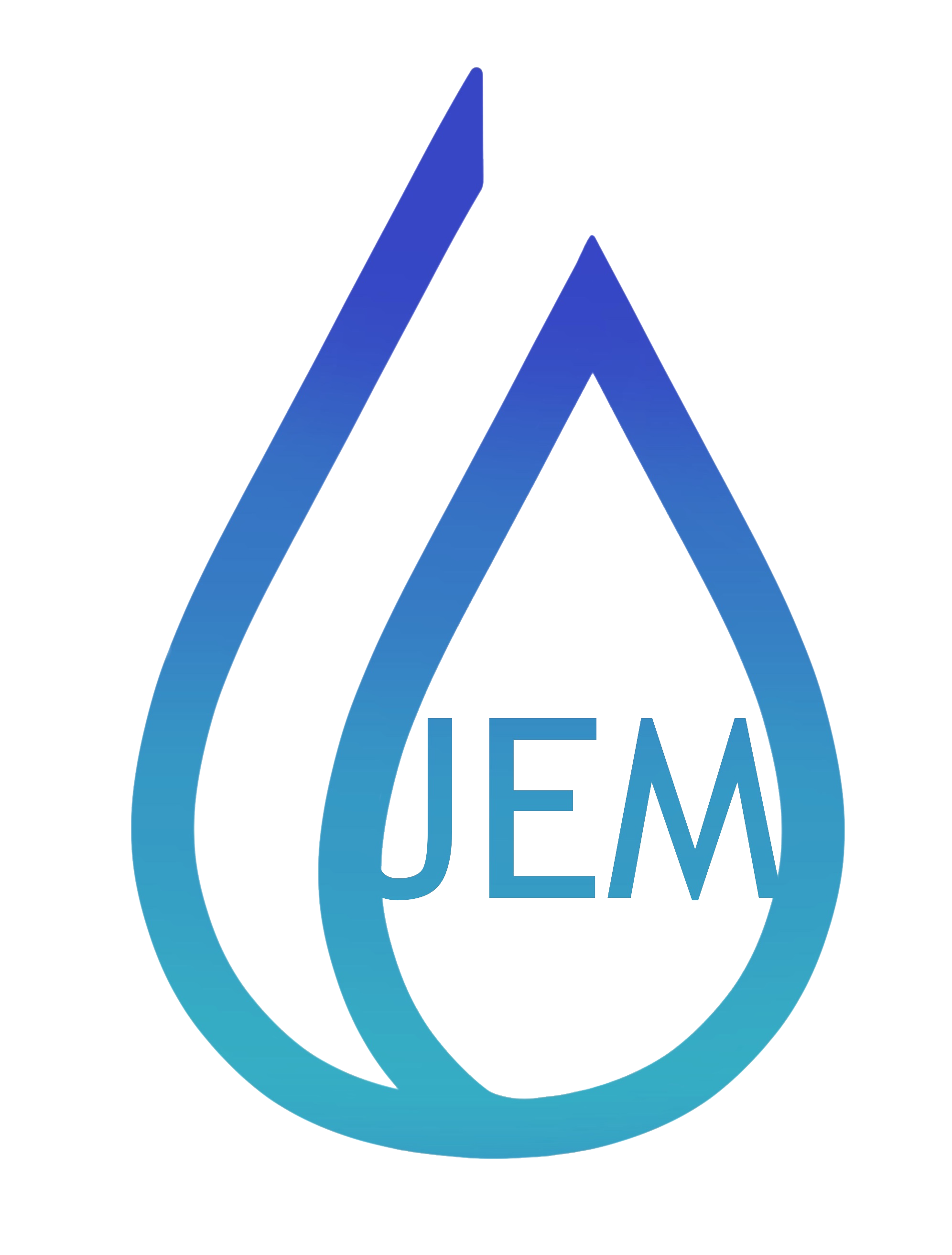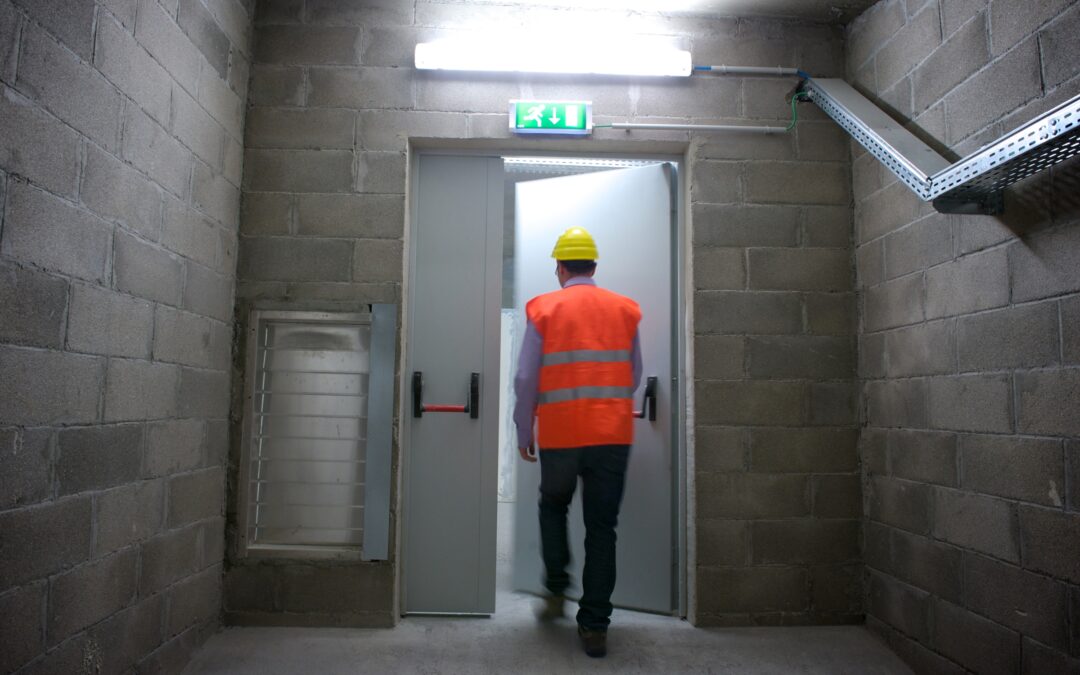Ensuring safe and efficient means of egress is crucial in workplaces. Precautions and criteria that prevent accidents and facilitate the smooth movement of people exiting a building or work area should be implemented.
Discussion Points:
- What is the means of egress?
- Why is the means of egress necessary?
- What factors affect egress design?
- What are the means of egress code compliance requirements?
- What are the procedures for safe means of egress?
Discussion:
Means of egress refers to the designated routes or paths that allow for the safe exits from buildings, structures, and spaces. This includes the pathway from any location within a building to an exit, the doors leading to the outside, enclosed exit stairways, horizontal exits, and the route from an exit to a public way, such as a street or alley. These routes are essential for the safety and well-being of occupants during emergencies that require quick evacuation.
Properly designed means of egress are fundamental to building codes and regulations and play a critical role in building safety plans. Designing a means of egress requires careful consideration of several factors, including the number of occupants, the building layout, exit locations, and the adequacy of signage and lighting. It also involves evaluating potential hazards along egress paths, conducting inspections and maintenance, and ensuring compliance with relevant codes.
The International Building Code (IBC) requires that buildings provide accessible means of egress. These codes specify detailed requirements for exit provisions, including the number and size of exits, the width of egress routes, and the maximum distance occupants must travel to reach an exit. The Occupational Safety and Health Administration (OSHA) requires that exit routes lead to an outside area, be sufficient in number for evacuees, remain unlocked, display clear and conspicuous signs, and account for all individuals’ needs during an emergency.
Procedures for safe means of egress:
- Ensure that all exits are easily accessible. Exit doors must be unlocked and able to be opened from the inside without keys or tools.
- Keep all exits free from obstruction. Hallways, stairwells, and doorways should be clear of clutter or debris hindering occupants during an emergency.
- Illuminate all pathways leading to exits. Proper lighting is essential for helping occupants navigate the building safely and quickly.
- Place exit signs in strategic locations throughout the building so that occupants can easily find exits in an emergency. Exit signs should be legible and illuminated.
- Ensure that exits are wide enough to accommodate individuals using wheelchairs.
- Regularly maintain egress routes to ensure their safety and functionality. This includes keeping doors and windows in good working condition, repairing damaged staircases, and ensuring that fire exits are not blocked or locked.
- Secure the building to prevent unauthorized access. This can involve installing security cameras and implementing access control measures.
- Conduct regular drills and training sessions to ensure employees know evacuation routes and procedures during an emergency.
Following these procedures for safe means of egress promotes a safer work environment and the well-being of all employees.
As always, stay safe out there!


Recent Comments